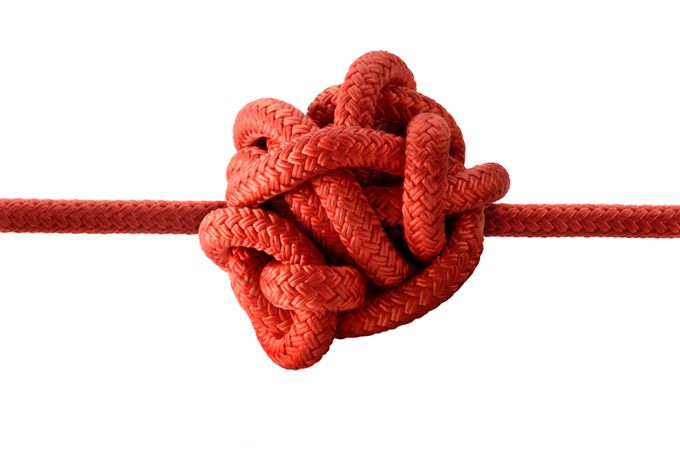Climbing knots might make you feel like you’re back in the cub scouts but they’re a vital area of knowledge for every rock climber – in fact, one of the best tips for beginner climbers is to get a few of these down. There are loads of different rock climbing knots to choose from and each one has a purpose.
Knowing the right climbing knot for each situation and how to tie it properly can mean the difference between climbing up a mountain and falling off it, so it’s worth investing some time to make sure you know what you’re doing.

The bonus to any time spent learning climbing knots is that they can also come in handy in day to day life, from creating a makeshift belt or dog lead to tying up villains when you’re fighting crime. If you’re into that sort of thing.
The more you climb the more your knowledge of climbing knots will grow, but it’s a good idea to have at least a few key climbing knots down before your start. Climbing knots are, for the most part, pretty simple and very effective to use, so you should be able to pick up these 6 basic climbing knots pretty quickly.
It takes practice to make tying climbing knots second nature, but when you’re up on a mountain and need to trust your life to a rope, you’ll be thankful for all the time you spent learning them.
